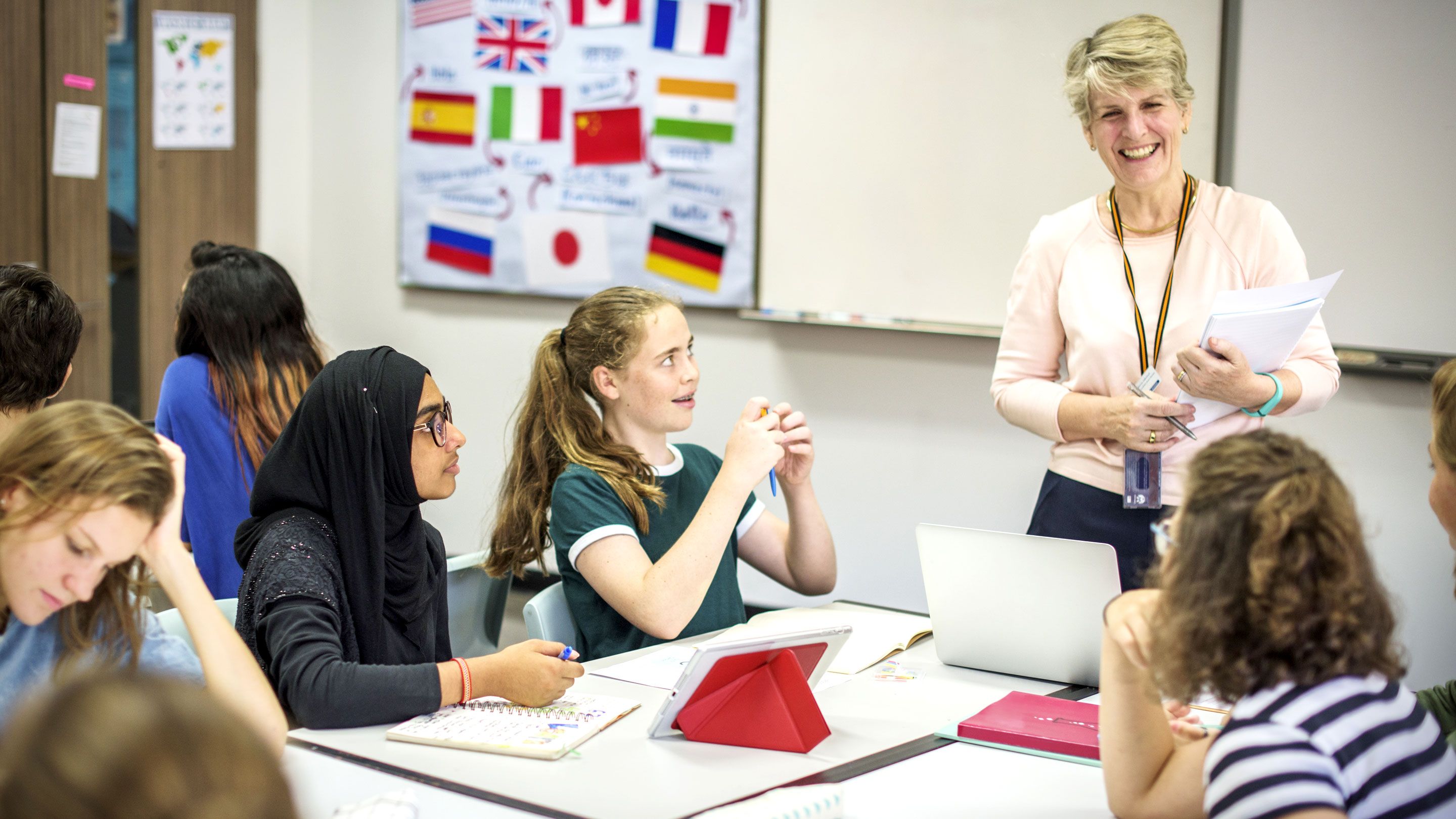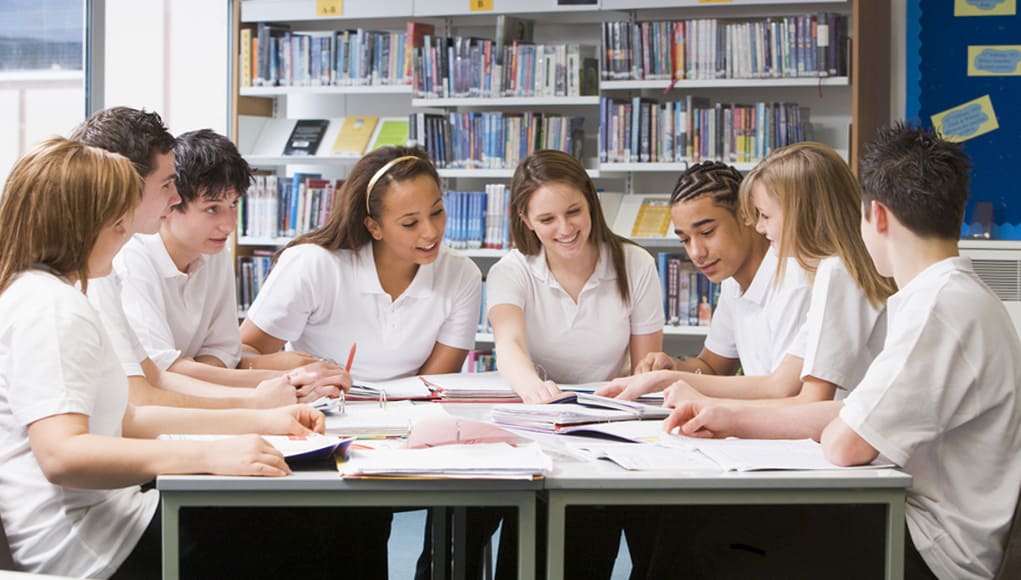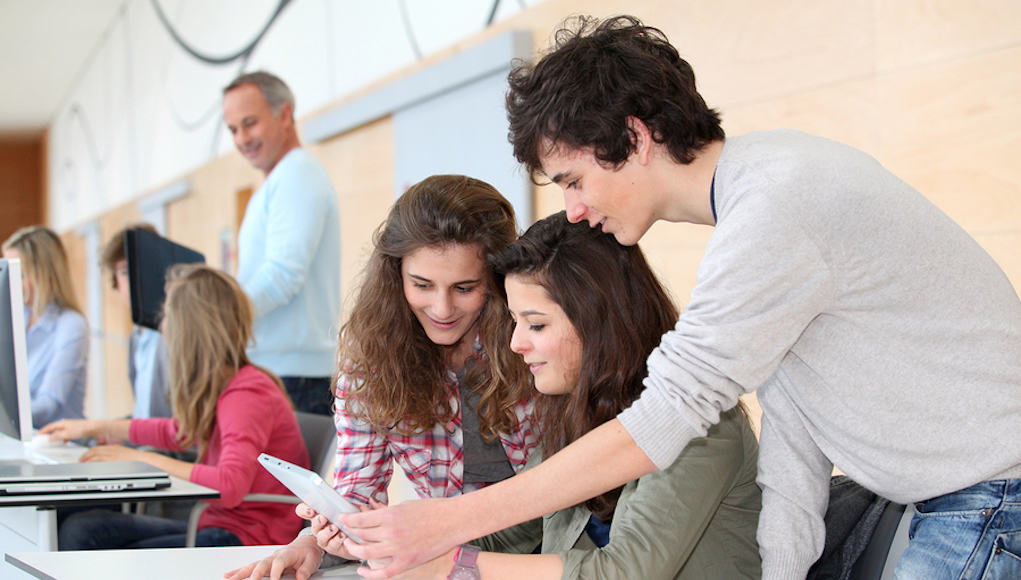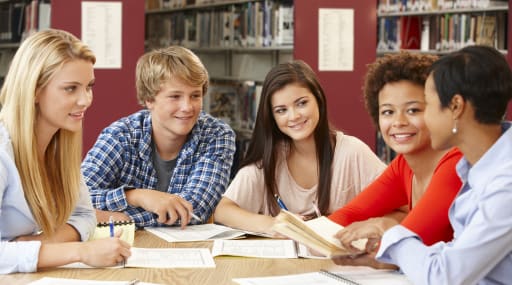My Bio
Name: Mr. / Girgis
Position : Education Researcher
E-Mail:
girgishanna027@gmail.com
My Blog Links
https://mrgirgis.blogspot.com/
Click below:
to go to any of my Blog post
pages you like to go through:
10--Internet-based learning By; / Mr. Girgis
7-Education By : / Mr. Girgis
6-Education System By : / Mr. Girgis
4-Teaching Approaches By : / Mr. / Girgis
3-My Education Blog By : / Mr. /
Girgis
2-Project-based learning By : / Mr. /
Girgis
1-Guest post guidelines By : / Mr. Girgis.
--------------------------------------------------------------
My website Links:
Article NO : 7
Project-based learning

Definition:
Project-based
learning or PBL, is a learner-centered
method of learning. It uses
problems or projects to
help learners to rise from the low levels of
learning
to the high standard of learning which include analysis,
synthesis and evaluation.
It uses projects to facilitate learning and
assess students'
competence. It is a kind of independent learning.
Students use technology and inquiry to respond to a
complex issue,
problem or challenge. It is not a
teacher-based learning method. (PBL)
focuses on
student-centered inquiry and group learning.
The teacher
plays the role of a facilitator, adviser and
checker. Projects vary in length, from
several days to
several weeks or even a semester. PBL can be effective
at all grade levels and subjects, and in career/technical
education,
after school and alternative programs.









No comments:
Post a Comment